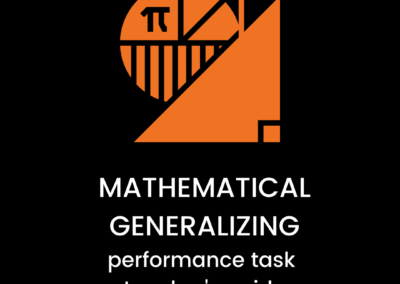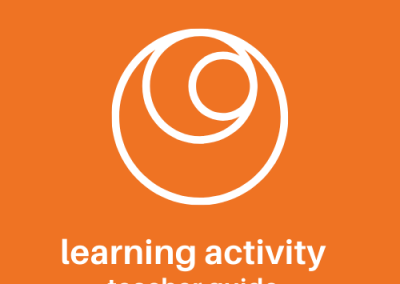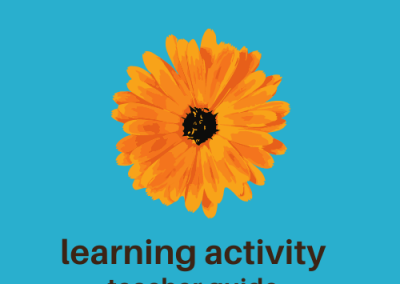Problem Solution Brainstorming
This activity helps students to think about narratives through a problem/solution lens, which helps them to appreciate and recall the sequence of events and the intentions and motivation of characters, and which helps them to engage emotionally with a text.
CONTENT AREA
LEARNING CYCLE STAGE
Preparation
- Identify the text you would like to focus on. It should be a narrative or a history with a clear problem/solution inherent in its structure. Choose something unfamiliar to the students, so that they will not know the solution in advance.
- Identify a point in the story when readers have a clear understanding of the problem, but do not yet know the solution. Prepare copies of the text with this point clearly marked, or otherwise prepare to ensure that students read to this point and not beyond.
Activity Steps
1
Teacher reviews the concept of problem/solution.
Discuss how problem/solution can help students recall sequence/chronology, and how it ties in to understanding character motivation/intention.
2
Students prepare to work individual or in pairs. Teacher distributes text to each student.
Give clear directions about how far students should read.
3
Students read through the first portion of the text.
Circulate among groups, asking students about what they are noticing and thinking. Ask them to think about the story from each character’s perspective, to think what each character wants, and what barriers prevent each character from getting what s/he wants.
4
Students think about the primary problem(s) in the text. Students describe them in writing.
Students can write either on regular notepaper, or on a graphic organizer. If you make a graphic organizer, make 1 box labeled “problem” 4 boxes labeled “my solutions” and 1 box labeled “the story’s solution.”
5
Students brainstorm 4 possible solutions to the identified problem. They write a paragraph describing each possible solution and why it might work.
Again, students can write on notepaper or a graphic organizer.
As they are working, circulate among them and ask them what they are thinking, and what the characters could do in the context of their world to solve the problem.
Encourage students to consider only “realistic” solutions that would be possible in the setting/logic of the story.
6
Students finish reading the story. As they read, they look for the actual solution to the problem.
Circulate as students are reading, asking them about what they are noticing and thinking.
7
Students identify and describe the actual solution to the problem.
Remind students that not all stories end happily, so the solution may not solve everything perfectly.
8
Teacher leads class in a discussion about the problem/solution of this story.
Ask students to compare/contrast their brainstormed solutions and the actual solution. Why did the characters make the choices they did? How might things have turned out differently with a different solution?
9
Students reflect on their learning alone or individually, orally or in writing.
Students should respond to questions including:
- How can this activity increase your understanding of characters?
- How can problems/solutions help you to understand what you are reading?
- How might thinking about problems/solutions make you care more about what you’re reading?
- When else might this activity be useful for you?

























